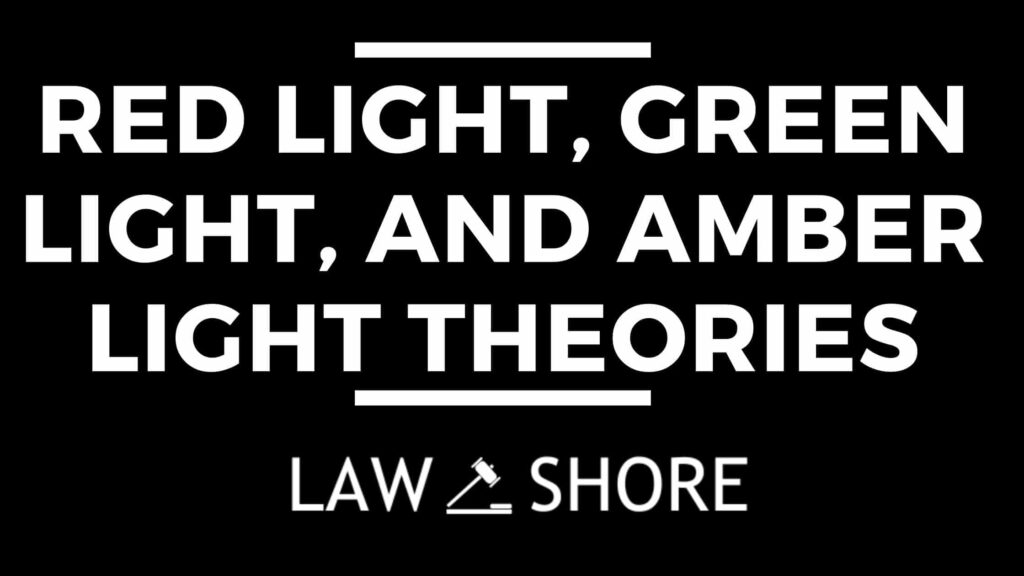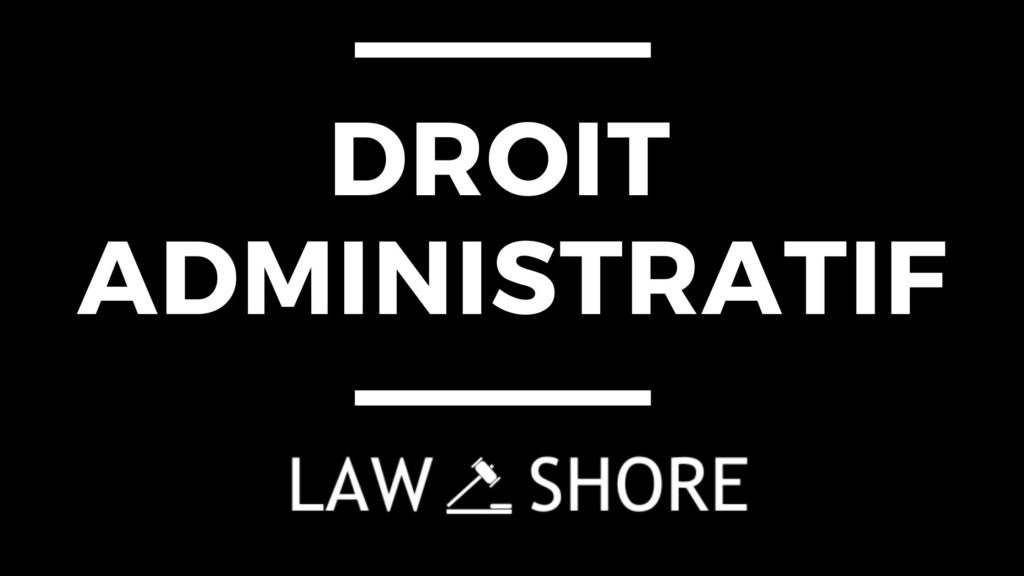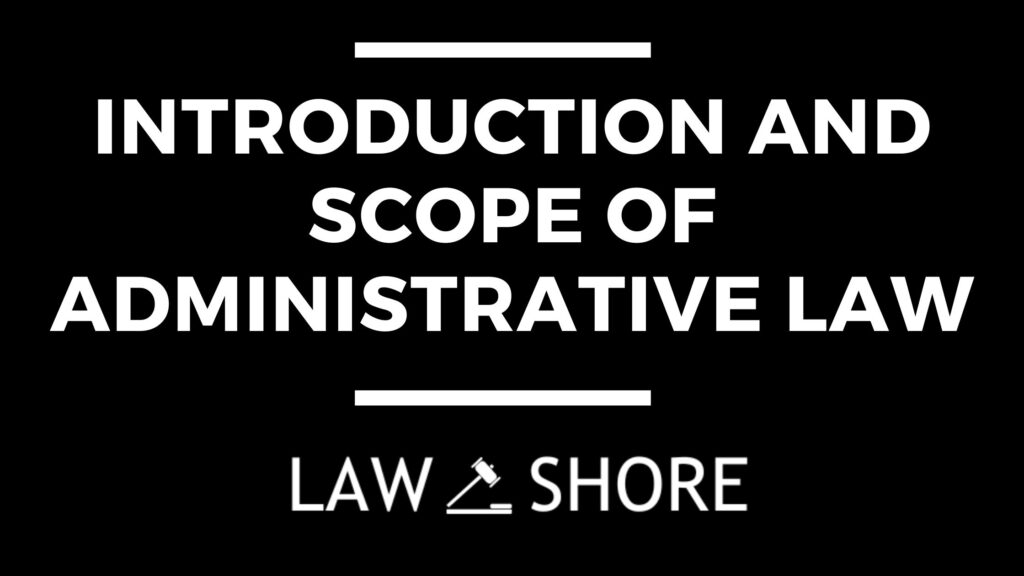Red Light and Green Light Theory of Administrative Law
Table of Contents
ToggleAdministrative law governs the actions of government agencies, ensuring they operate within the law and respect individual rights. Scholars have developed various frameworks to understand how administrative bodies should be regulated and how their powers should be balanced with legal oversight. Among these frameworks, the Red Light and Green Light theory of administrative law provide different perspectives on the degree of control or discretion that should be exercised over administrative action. These theories are metaphorical representations of how the relationship between administrative agencies and the judiciary can be structured.
Each theory reflects a different balance between administrative discretion and legal accountability, providing a lens through which administrative decision-making can be understood and regulated. Below, we examine the key features of each theory.
Red Light Theory: Strict Judicial Control
The Red Light Theory advocates for strict oversight and limited discretion for administrative agencies. It argues for a heavy focus on judicial review and restrictive regulation of administrative actions. Under this approach, administrative powers are narrowly defined, and courts play an active role in ensuring that agencies do not exceed their legal authority.
Key Features of the Red Light Theory:
- Judicial Oversight: Courts play a significant role in monitoring administrative decisions. Judicial review ensures that agencies act within the confines of their legal mandate and do not exceed their jurisdiction. Administrative actions are subject to close scrutiny for legality, rationality, and fairness.
- Limited Delegation of Powers: The theory favors restricting the delegation of discretionary powers to administrative agencies. Agencies should only have the powers explicitly granted to them by the legislature, and their actions should be carefully controlled by the courts.
- Protection of Individual Rights: Judicial review is also seen as a means of protecting the rights of individuals against arbitrary or unlawful administrative actions. The theory underscores the importance of procedural fairness and transparency in administrative decision-making.
- Minimized Administrative Discretion: Administrative agencies are given very little leeway to exercise discretion. Their decisions must be based on clear legal standards, and any exercise of discretion should be heavily regulated.
The Red Light Theory is typically applied in legal systems with strong judicial review practices, where courts are active in checking the legality of government actions. This approach is common in countries like the United States and the United Kingdom, where judicial oversight is a cornerstone of administrative law.
Application of Red Light Theory in India:
- Courts actively review and strike down administrative decisions that are ultra vires (beyond the powers conferred by law), arbitrary, or violate the fundamental rights of individuals.
- This theory is applied when administrative decisions are challenged for being unreasonable, oppressive, or discriminatory. In such cases, Indian courts can invalidate rules, regulations, and executive actions.
- For example, the Supreme Court of India has invoked judicial review to ensure fundamental rights and fairness in administrative actions. A landmark case in this context is Maneka Gandhi v. Union of India (1978), where the Court held that Article 21 (Right to Life and Personal Liberty) cannot be abridged except by a procedure established by law, and that such laws must be just, fair, and reasonable.
Green Light Theory: Broad Discretion and Minimal Judicial Interference
The Green Light Theory, in contrast, favors granting broad discretion to administrative agencies and encourages minimal judicial interference. Under this approach, administrative bodies are trusted to exercise their powers with significant autonomy, based on their specialized knowledge and expertise. Judicial review is limited, and courts are expected to defer to the decisions of administrative agencies.
Key Features of the Green Light Theory:
- Deference to Administrative Expertise: This theory argues that administrative agencies often have greater expertise than courts in specialized areas of policy, such as economic regulation, environmental law, or public health. Agencies are therefore better positioned to make complex, technical decisions.
- Broad Delegation of Powers: Agencies are entrusted with substantial discretionary powers. The Green Light Theory posits that such broad delegation is necessary for effective governance and the efficient implementation of public policy.
- Minimal Judicial Review: The theory advocates for limited judicial involvement. Courts should only intervene when there is a clear violation of the law or fundamental rights. In most cases, the focus is on procedural fairness, rather than the substance of administrative decisions.
- Efficiency in Governance: By reducing judicial intervention, agencies can act swiftly to address policy issues. The Green Light approach emphasizes that administrative autonomy promotes efficiency in the administration of public policies.
The Green Light Theory is often applied in legal systems where administrative agencies are granted broad regulatory powers and are expected to manage complex, fast-evolving issues. This model is common in countries with a tradition of administrative efficiency, such as France or Germany, where agencies are empowered to make decisions with minimal judicial oversight.
Application of Green Light Theory in India:
- In this approach, the judiciary tends to uphold the actions of administrative authorities if they are taken within the scope of their authority and are based on reasonable interpretation of law or regulations. Courts recognize that agencies are best placed to handle complex technical or policy-related issues and, therefore, exercise deference in areas like economic regulation, environmental protection, or public health.
- Judicial review under this theory is exercised primarily to ensure that the agency does not exceed its jurisdiction, and that its decisions are made in a fair and transparent manner.
- The Indian courts frequently apply this theory in taxation, environmental law, and public administration, where administrative bodies have specialized knowledge.
Example: In the case of Union of India v. Tata Engineering and Locomotive Co. Ltd. (1964), the Supreme Court upheld the decision of the administrative authorities regarding the classification of goods for taxation purposes, deferring to the expertise of the Central Board of Excise and Customs (CBEC) in interpreting complex regulations under the Customs Act.
Amber Light Theory: A Balanced Approach
The Amber Light Theory seeks a middle ground between the Red Light and Green Light approaches. It proposes a balanced approach to administrative law, where administrative agencies are allowed reasonable discretion, but their actions are still subject to meaningful legal controls and oversight. The courts maintain a role in ensuring that administrative bodies respect legal boundaries and adhere to principles of fairness, while also recognizing the expertise of agencies in policy implementation.
Key Features of the Amber Light Theory:
- Controlled Discretion: Agencies are given a reasonable degree of discretion in decision-making but are expected to operate within a defined legal framework. The exercise of discretion must be guided by principles of legality, proportionality, and fairness.
- Judicial Oversight with Deference: Courts are involved in ensuring that agencies do not exceed their powers, but they defer to the expertise of agencies in areas within their mandate. Judicial review focuses more on procedural fairness and the legality of the agency’s actions, rather than second-guessing the substance of decisions.
- Balancing Efficiency with Accountability: The Amber Light Theory recognizes that administrative agencies must have the flexibility to make decisions quickly and efficiently, especially in complex or rapidly changing policy areas. However, it also emphasizes the importance of holding agencies accountable for their actions.
- Flexible Legal Framework: The theory calls for a flexible regulatory framework where agencies are free to implement policies but must justify their decisions and ensure that they respect legal principles, including those related to individual rights.
The Amber Light Theory is often applied in jurisdictions that aim to strike a balance between administrative efficiency and legal accountability. It is a middle ground often seen in legal systems that require judicial review but also trust administrative agencies to exercise their expertise. This approach is commonly found in Canada, Australia, and some European Union member states.
Application of Amber Light Theory in India:
- Courts apply Amber Light Theory when they review administrative decisions for reasonableness, procedural fairness, and equality without overly interfering in matters that require administrative discretion or expertise. The focus is on preventing arbitrariness, ensuring accountability, and upholding principles of natural justice.
- Judicial review under this theory seeks to strike a balance between the agency’s need for discretion and the public’s right to fair treatment.
- This theory is often invoked when the administrative agency’s decision appears to have followed a lawful process, but the outcome could be questioned for fairness, proportionality, or rationality.
Example: In Barium Chemicals Ltd. v. Company Law Board (1967), the Supreme Court held that while courts should not interfere with the exercise of discretion by the administrative body, they must intervene if the exercise of that discretion is arbitrary, capricious, or violates the principles of natural justice.
Practical Implications in India:
For Administrative Agencies:
- Agencies in India, such as the Reserve Bank of India (RBI), Central Pollution Control Board (CPCB), and Food Safety and Standards Authority of India (FSSAI), operate with significant autonomy in areas requiring expertise. However, they must also ensure that their actions stay within the boundaries of the law, and the Red Light Theory can serve as a reminder of the judiciary’s role in policing their actions, especially where fundamental rights or fairness are at issue.
- Under the Amber Light Theory, agencies have the discretion to regulate and act in accordance with their statutory mandates, but they must ensure that their decisions are justifiable, transparent, and reasonable.
For Litigants:
- Litigants seeking judicial intervention in administrative actions must navigate the level of scrutiny appropriate to the context. The Red Light approach encourages arguments based on legality and fairness, while the Green Light theory suggests a more deferential stance, focusing on expertise and policy decisions.
- Litigants challenging administrative actions under the Amber Light Theory will focus on demonstrating unreasonableness, discrimination, or violations of natural justice while acknowledging the administrative body’s expertise and discretion.
Conclusion
The Red Light, Green Light, and Amber Light theories of administrative law offer distinct perspectives on how administrative power should be regulated. The Red Light Theory calls for strict judicial control and minimal administrative discretion, focusing on protecting individual rights and preventing arbitrary power. The Green Light Theory favors broad administrative autonomy, emphasizing efficiency and deference to agency expertise. The Amber Light Theory advocates for a balanced approach, allowing agencies reasonable discretion while maintaining necessary judicial oversight to ensure legality and fairness.
In practice, most modern legal systems adopt a combination of these approaches, adjusting the level of oversight and discretion according to the nature of the policy area, the complexity of the issues involved, and the need for accountability. Ultimately, the goal is to ensure that administrative powers are exercised in a manner that is both effective and legitimate, serving the public interest while respecting the rule of law.
Also, Check Out Other Topics in Administrative Law:
- Introduction and Scope of Administrative Law
- Droit Administratif
- Ombudsman in Administrative Law
- Promissory Estoppel in Administrative Law
- Public Corporation in Administrative Law
- Reasons for Growth of Administrative Law
- Doctrine of Separation of Powers in Administrative Law
- Doctrine of Ultra Vires in Administrative Law
- Whistleblowing in Administrative Law
- Nature of Administrative Law
- Sub Delegation in Administrative Law
- Delegatus Non Potest Delegare
Explore Law Shore: law notes today and take the first step toward mastering the fundamentals of law with ease.

After Completing my LLB hons, I started writing content about legal concepts and case laws while practicing. I finally started Law Shore in 2024 with an aim to help other students and lawyers.



